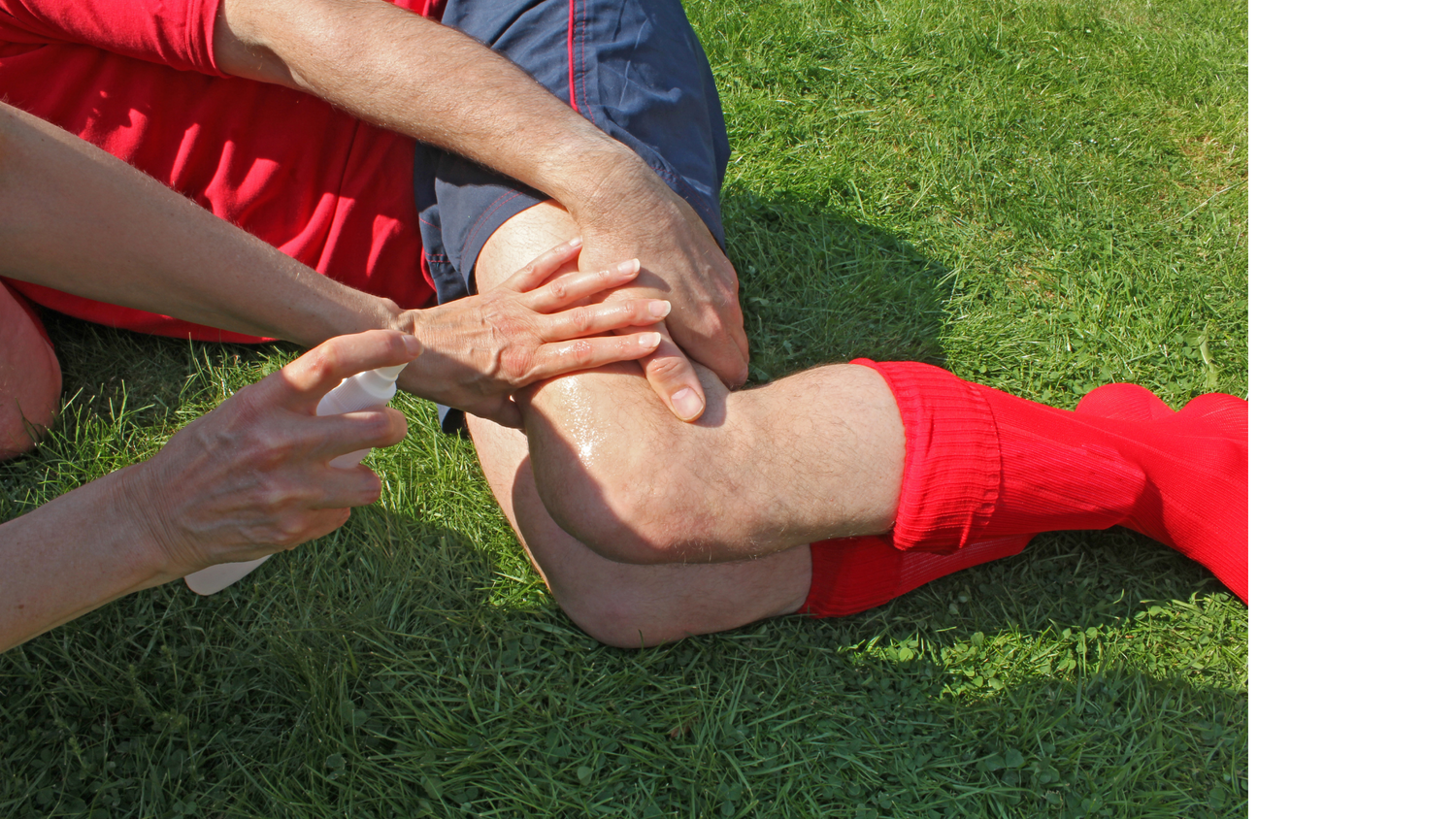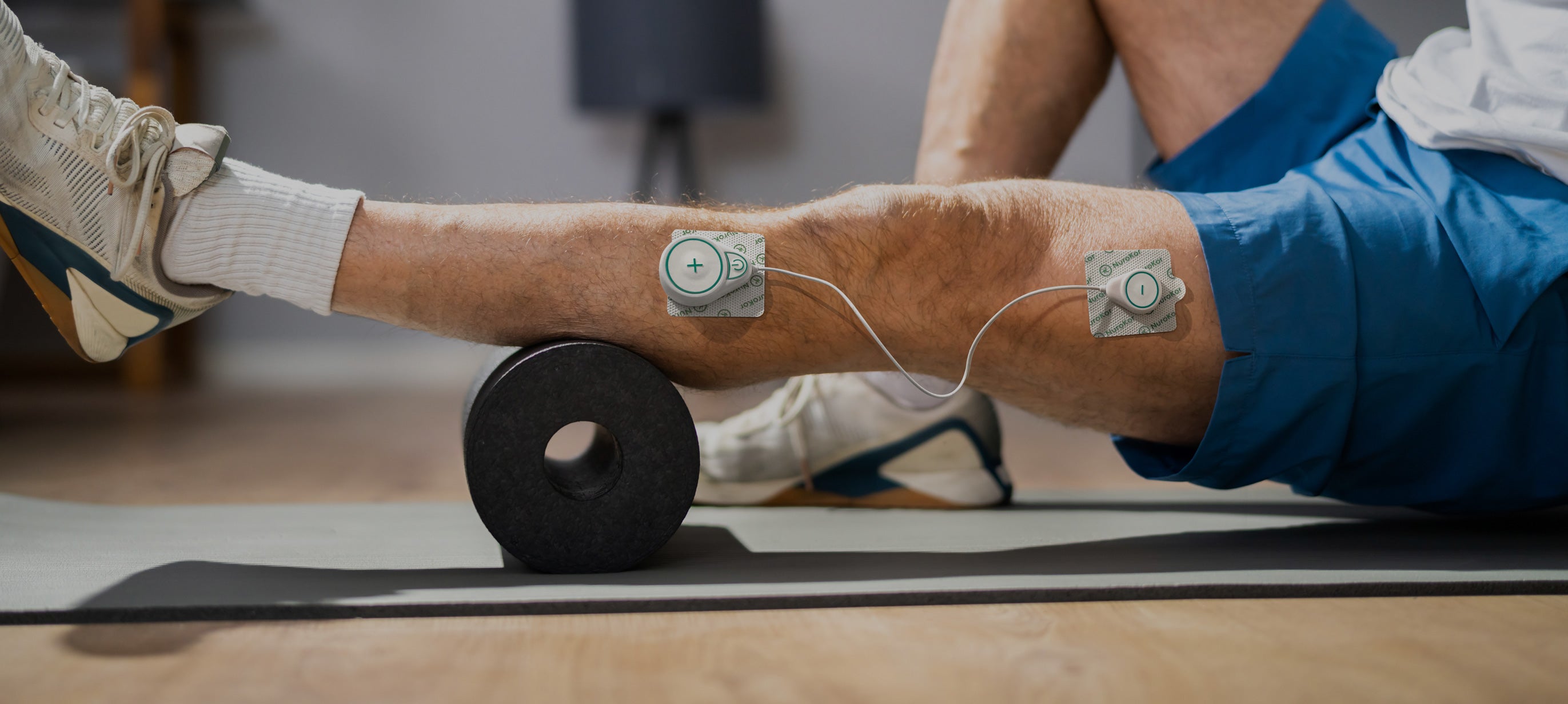Rugby is an undeniably physical sport, requiring players to have excellent fitness, conditioning, strength, skill and more. Even at the amateur level, tackles and falls can hurt. Here, we're going to take you through the five areas most commonly injured in rugby, some causes, treatment, and tips for recovery.
Spoiler: we also have a very in-depth version over here if you have the urge for more!
Rugby shoulder injuries
The shoulders see heavy use in rugby so injuries are common, including dislocations and damage to the AC joint - between the collarbone and shoulder blade. Don’t be tempted to try and fix a dislocation yourself, even if you’re sure you can, as it could cause extra damage.
Common causes include falls, tackles and any other kind of impact with other players that might stress the shoulder.
Hopefully, you can avoid surgery but this is sometimes not possible, especially with serious AC joint injuries, in which case you are looking at being out of the game for about 6 months.

Rugby head injuries
Concussions are one of the most common rugby injuries overall, with a team suffering one pretty much every two or three games. They can make it harder for the brain to function, particularly with things like memory and concentration.
Unfortunately, despite being so common there isn’t much that can be done for them - the most you can do is rest mentally and physically, which means limiting the amount of time you spend watching TV, reading or anything else that requires concentration or effort.
A concussion normally clears up in 7-14 days but might take longer.
Rugby knee injuries
ACL, MCL, LCL and meniscus. This trio of acronyms and their backing dancer represent some of the most common - and worst, looking at you, ACL - knee injuries in rugby. They’re all essential for the stability of the knee and damaging any of them can lead to some serious long-term problems.
Surgery is commonly needed, but sometimes just rehabilitation exercises and protecting the knee can work. All in all you’re looking at anything from a few weeks to a few months for recovery.

Rugby hand injuries
If you're a rugby player, we wouldn't blame you for wanting to keep your hands in top condition - that said, a surprisingly large number of people seem to be able to play with splints on their fingers. Speaking of fingers, these can very easily be injured in many ways during a game.
Our top tip? Try to protect the tips as this is the area that a lot of damage can occur. Jersey and mallet finger are just two examples of this, both of which involve your fingertip suddenly and violently bending either away from or towards your palm. This unpleasant injury can snap the tendons that control how your finger moves and even pull bits of the bone off.
Surgery for these is necessary and usually as soon as possible after the injury in order to retain function. Once that's done, your recovery time will be at least 3 months.
Rugby foot and ankle injuries
Ah, the foot. And ankle. How many of you have injured one of these at one time or another? Probably most of you (and most of us here at NuroKor as well). General sprains are a frequent problem here, but more severe injuries can cause long-term issues.
The Achilles tendon and lesser-known peroneal tendon are both important for being able to properly move your foot. Damage to these can build up over time and often lead to tendonitis, meaning you have to rest for a while. But if they tear then it's surgery, unfortunately, because not fixing them will impact your ability to walk.
Recovery time for tendonitis is about 6-8 weeks but a tear will usually need 3-6 months.

Getting the most out of recovery
So you’ve been injured. Now what? Or perhaps you made it through the match without injury and want something for those sore muscles and joints.
Stretching, exercise (as advised by a professional), good nutrition and hydration are the main tenets of recovery. But there are other ways to optimise it. Our NuroKor Lifetech technology is proven to optimise recovery, manage pain and reduce the risk of chronic inflammation.
Dozens of elite athletes use our devices to make sure they stay at the top of their game and achieve their best results.
Would you like to know more?
As you can probably guess, there is a lot more to this topic than we've covered here. So if you'd like to hear more, then good news! We've got a more detailed guide that takes an in-depth look at some of the common, specific injuries. Read it now!
All the information provided in this article is for information purposes only and does not constitute medical advice. If there is a chance you have been injured then you should seek professional medical advice as soon as possible.



